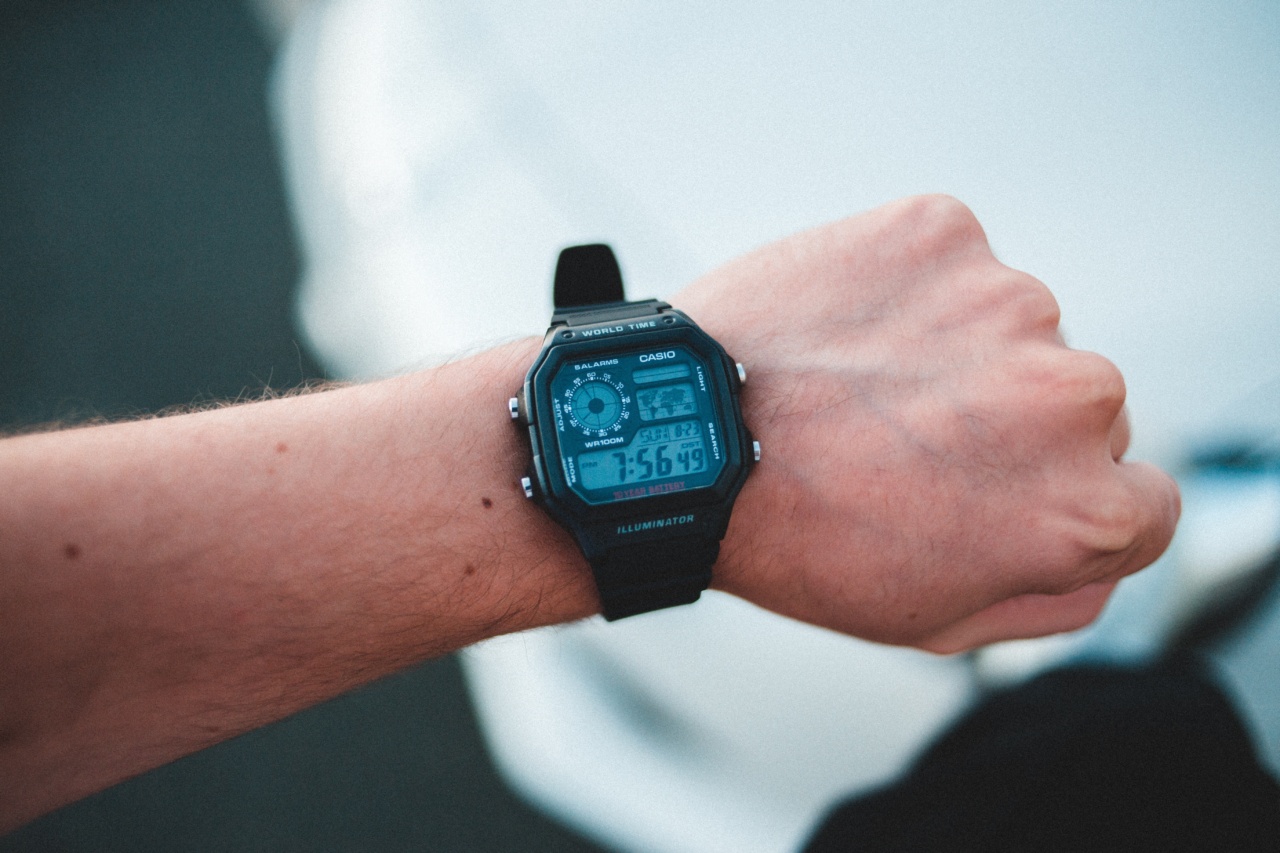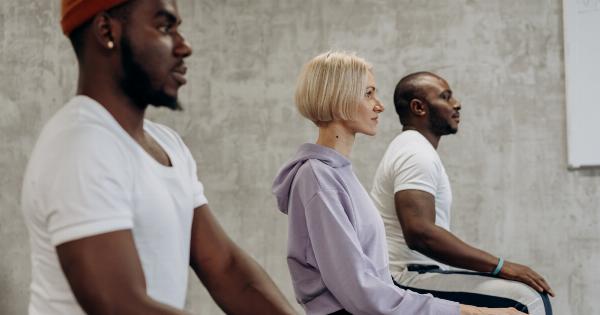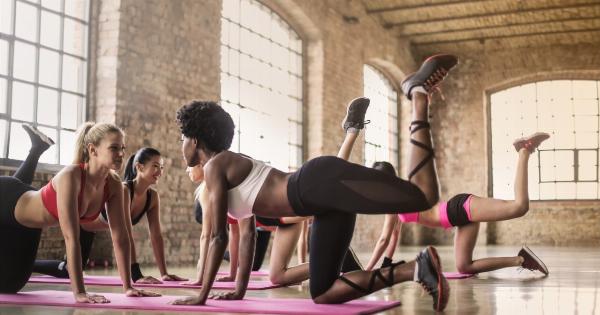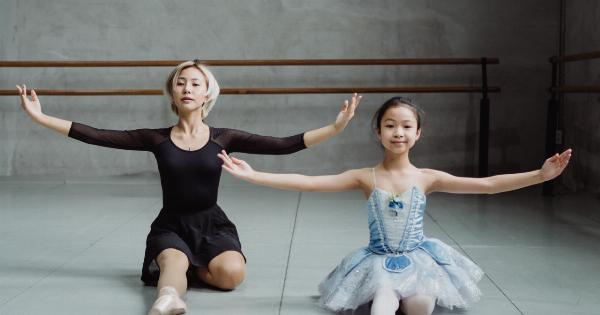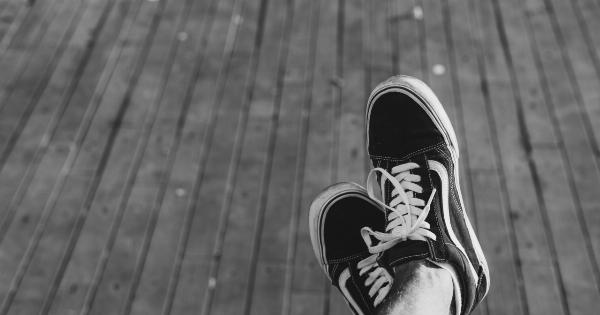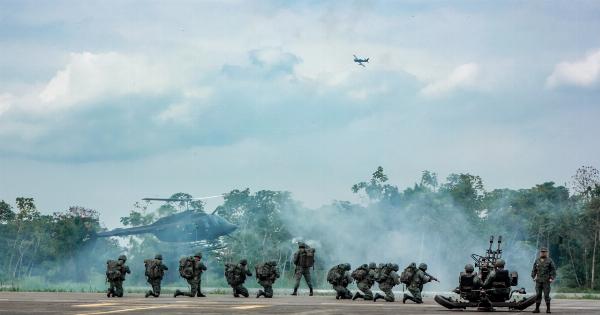The anterior cruciate ligament (ACL) is one of the major ligaments that supports the knee joint and connects the thighbone to the shinbone. The ACL is responsible for keeping the knee joint stable and controlling the forward movement of the shinbone.
It serves a crucial role in knee function during various gait modes, including running, walking, and jumping. This article discusses the importance of gait mode in ACL function and how it affects knee stability and injury prevention.
Walking Gait
Walking is a common daily activity that puts minimal stress on the knee joint compared to other gait modes.
During walking, the ACL functions to maintain knee stability by preventing excessive forward movement of the tibia and inward rotation of the knee. The ACL also helps to control the knee’s range of motion by limiting hyperextension of the knee joint.
In individuals with ACL injuries, walking gait has been shown to be affected by a lack of knee stability, leading to compensatory gait alterations, such as reduced stride length, slower walking speed, and increased knee flexion.
Rehabilitation programs aimed at restoring gait function and improving knee stability have been shown to be effective in improving walking gait in individuals with ACL injuries.
Running Gait
Running is a higher impact gait mode that places more stress on the knee joint than walking.
During running, the ACL functions to provide knee stability by preventing excessive forward and rotational movement of the tibia and controlling knee hyperextension during the stance phase of running. A lack of proper ACL function can lead to increased knee instability, which can ultimately result in knee injuries, such as ACL tears.
Gait training programs, including running-specific drills and strengthening exercises, have been shown to improve running gait mechanics and knee stability in individuals with ACL injuries.
Running gait analysis can also be used to identify specific gait abnormalities that contribute to increased knee instability and guide personalized rehabilitation programs.
Jumping Gait
Jumping is a more dynamic gait mode that requires rapid changes in direction, speed, and force, placing significant stress on the knee joint.
The ACL serves a critical role in providing knee stability during jumping by controlling the forward and rotational movement of the tibia and limiting hyperextension of the knee joint.
In athletes participating in jumping sports, such as basketball and volleyball, ACL injuries are common and can lead to prolonged rehabilitation periods and decreased athletic performance.
Rehabilitation programs aimed at restoring knee stability and improving jumping mechanics have been shown to be effective in reducing the risk of ACL injury and improving athletic performance in these athletes.
Knee Bracing
Knee bracing can provide additional support and stability to the knee joint during gait modes, such as walking, running, and jumping.
Knee braces have been shown to decrease knee instability and reduce the risk of ACL injury in individuals with a history of ACL injury or in those who participate in high-impact sports.
However, knee bracing may also affect gait mechanics and have negative effects on athletic performance.
Therefore, a comprehensive evaluation of each individual’s knee stability and gait mechanics should be performed to determine the need for knee bracing and to ensure appropriate brace selection and fitting.
Conclusion
The ACL plays a significant role in knee stability during different gait modes, including walking, running, and jumping.
A lack of proper ACL function can lead to knee instability, which can ultimately result in ACL injuries and long-term implications on knee function. Therefore, rehabilitation programs aimed at restoring knee stability and improving gait mechanics should be tailored to specific gait modes and individual needs to optimize injury prevention and functional outcomes.
